9 cool games that barely escaped development hell
Fashionably late
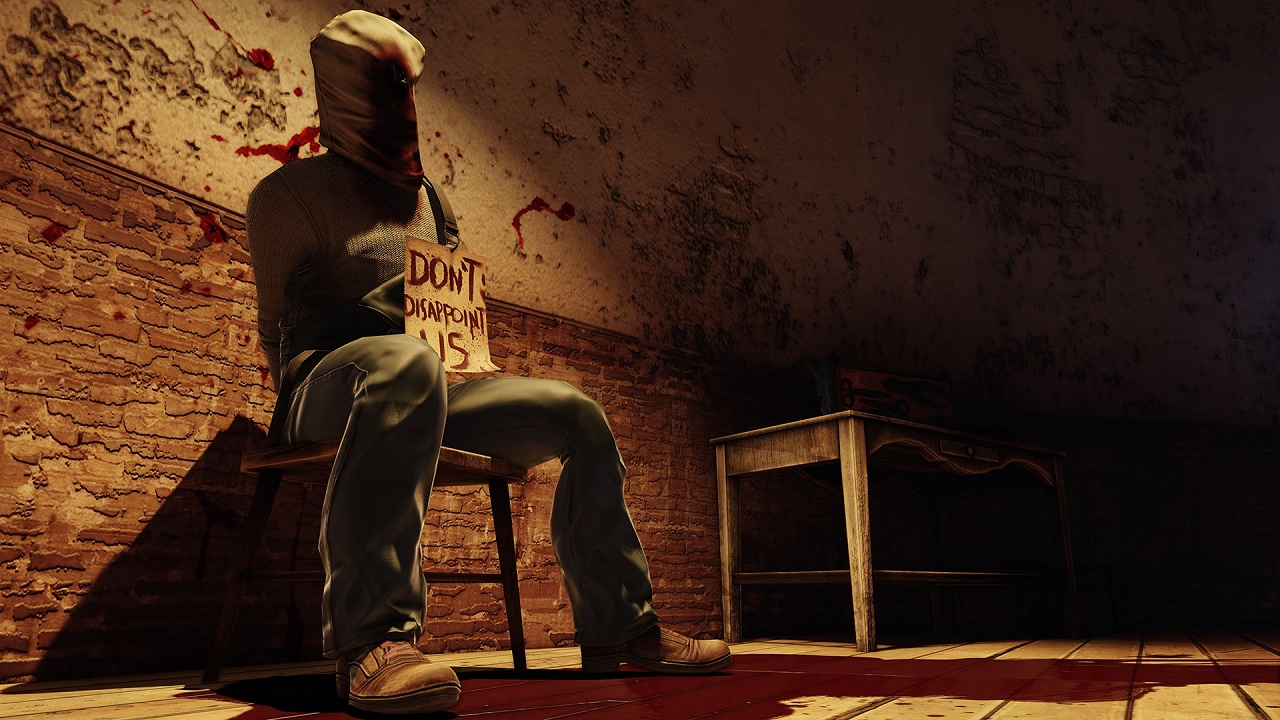
I may not have any experience making games, but I've been involved with them as a fan and as a professional long enough to know that game development is some seriously difficult business. There are so many things that can go wrong, whether engine licenses expire, publishers change hands, or high-ranking developers leave everyone high and dry. Even when things go right, ambitious titles can take years of development before they ever see the light of day.
In many cases, the games that enter what we call 'development hell' don't turn out so hot - a quick Google search for Duke Nukem Forever and Daikatana will tell you as much. But sometimes, magically, everything comes up sunshine and rainbows, and that game you've been reading about since grade school finally arrives and turns out to be pretty great. These games prove that, even if you take over a decade, all will be forgiven if the experience turns out to be worthwhile. OK, most of it will be forgiven.
Alan Wake
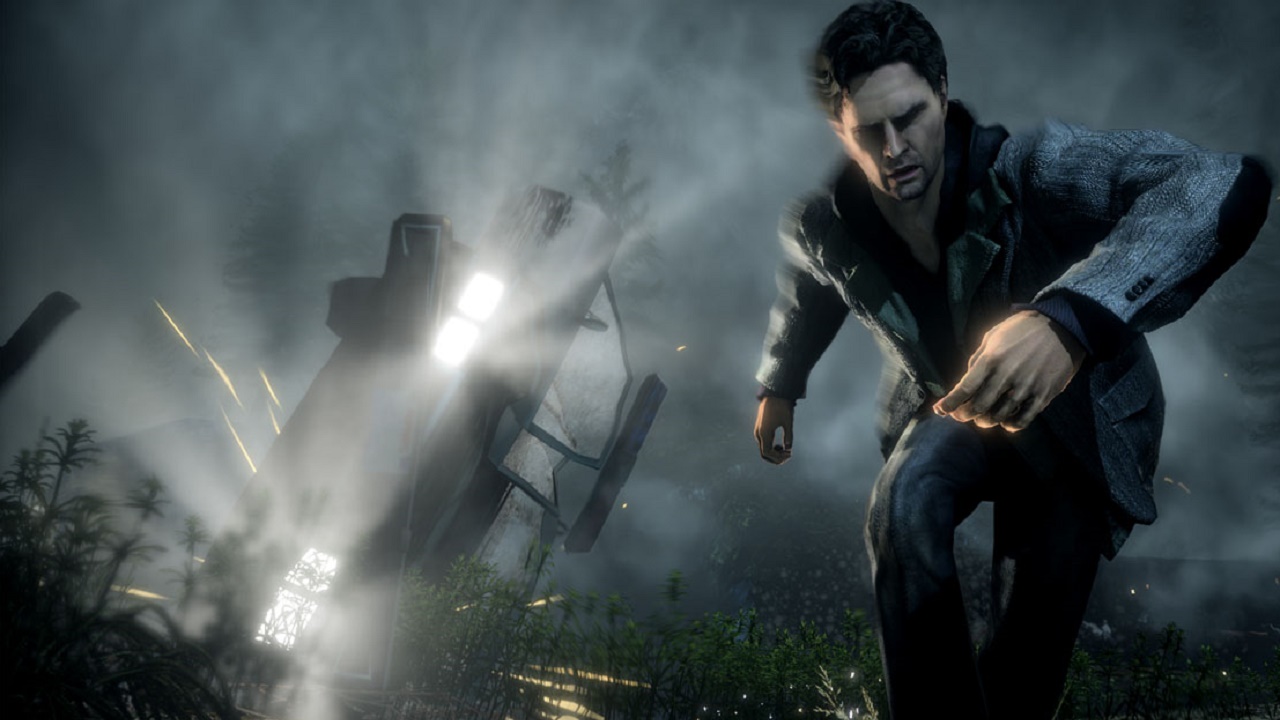
Number of years in development: 6
Coming hot off the success of Max Payne 2 in 2003, Remedy Entertainment decided to shift gears a bit, leaving the fate of the previously-constipated noir hero in the hands of Rockstar Games. Its next project would be a bit darker, a bit more horrific, and a hell of a lot more forested. At E3 2005, Remedy announced the arrival of Alan Wake, a new breed of psychological horror game, that would make its way to Xbox 360 and PC. Despite this early reveal, we wouldn't get a chance to play it until 2010.
Alan Wake was originally supposed to be an open-world game, where time would pass in a realistic fashion, people would go about their daily lives, and you'd have to interrogate suspects and investigate clues to solve the bigger mystery. The PC version was dropped to focus on Xbox 360 (but eventually saw release in 2012), and its scale was cut back from its original plans significantly. It would have been interesting to explore an open world set in the spooooky Pacific Northwest, but the linear constraints placed a much tighter focus on the narrative, amplifying the scare factor considerably. Plus, its episodic nature makes it feel like you're playing through a television mini-series, which is actually pretty cool.
Gran Turismo 5
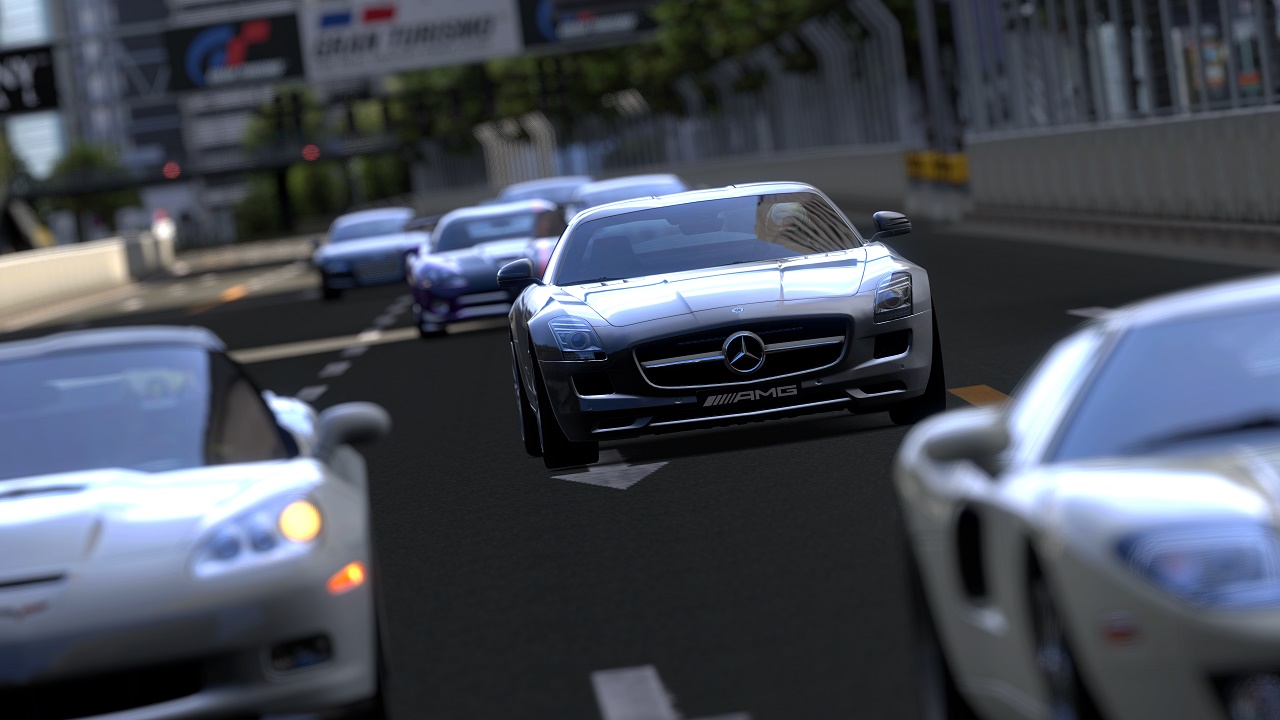
Years in development: 5
Gran Turismo has always been known for its realistic driving physics and jazzy soundtrack, and after two successful outings on the PlayStation 2, racing fans were looking forward to the gorgeous looking cars that only the next-generation of hardware could render. But that kind of slavish attention to detail takes time, and the arrival of Sony's flagship racing series wouldn't arrive on the PlayStation 3 until 2010.
Weekly digests, tales from the communities you love, and more
The first concept footage of what Gran Turismo could be on PlayStation 3 arrived at E3 2005, even though the console wouldn't release in stores for another year. Development continued plugging along, with the occasional bit of news/confirmation of existence peeking out every few months. In that span of time, developer Polyphony Digital released Gran Turismo HD Concept (a free demo designed to show off what Gran Turismo 5 would be capable of) and Gran Turismo 5 Prologue (a paid expanded 'demo' designed to show off what Gran Turismo 5 would be capable of). When Gran Turismo 5 finally finished development in 2010, it was met with widespread acclaim. And even better, the developers learned learned the value of picking up the goddamned pace, releasing Gran Turismo 6 a mere three years later.
L.A. Noire
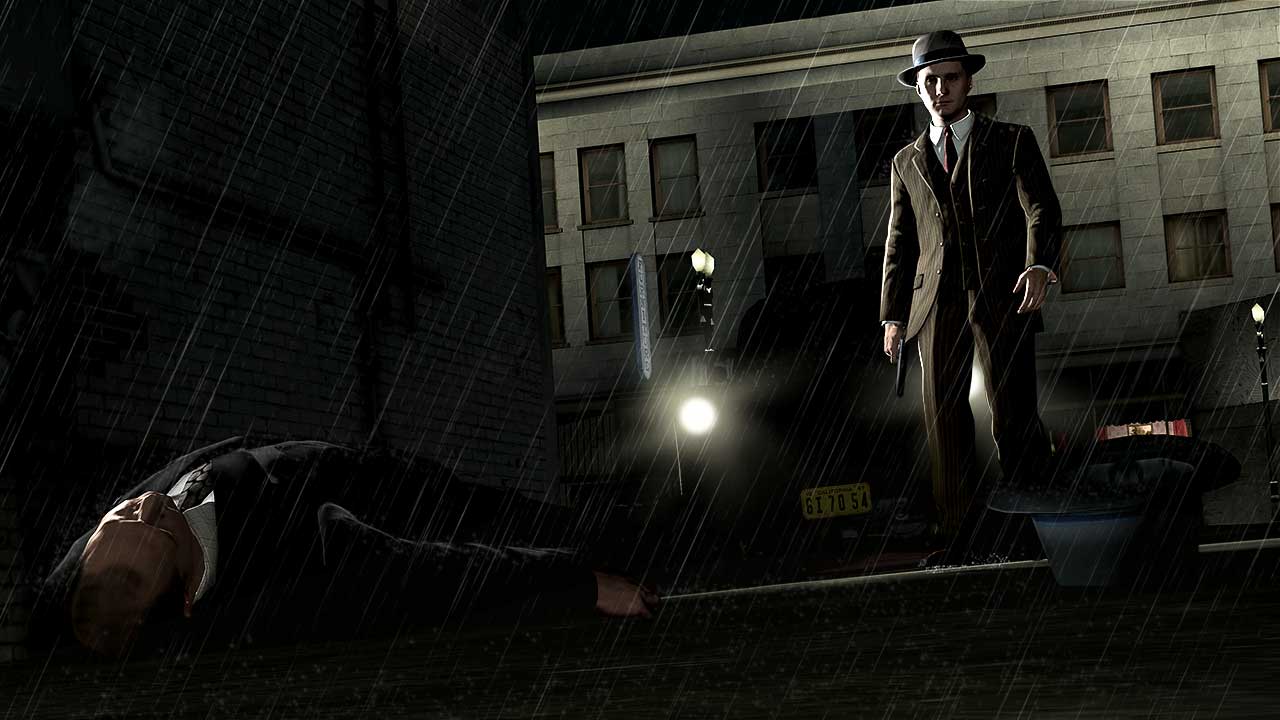
Number of years in development: 7
Ambition is admirable, and L.A. Noire is nothing if not ambitious. After developing the uniquely cinematic actioner The Getaway, Brendan McNamara formed Team Bondi to work on a 1940s neo-noir detective game called L.A. Noire. Development started in 2004, with publishing duties originally handled by Sony. L.A. Noire would be a showcase for the PlayStation 3, featuring realistically modeled digital actors, complete with realistic emotional cues and facial tics that would truly sell the team's vision of 1940s Los Angeles.
Ambition can also be deadly, as L.A. Noire missed numerous deadlines. The publishing duties were transferred to Rockstar Games in 2006, and it was supposed to hit in 2008. And then came the delays, eventually getting pushed back to 2010, and once again to 2011, where it finally saw release to a mixed reception. Its narrative isn't perfect, and its tech doesn't so much as creep past the uncanny valley so much as it pours gasoline over its head, lights a match, and elbow drops all the way down. Not to mention that pressing that 'doubt' button sends Detective Phelps on some pretty volatile mood swings. Even so, it's a solid detective story, and there's still nothing else quite like it.
STALKER: Shadow of Chernobyl
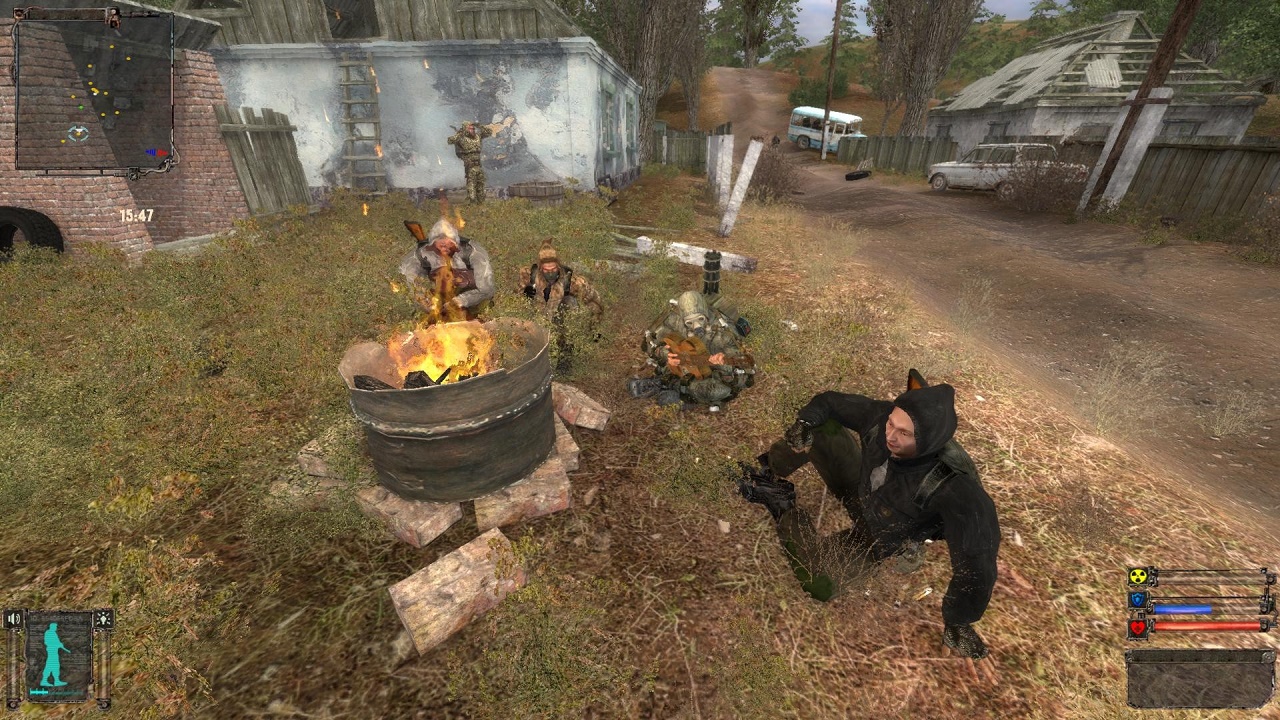
Years in development: 6
Before Fallout 3 filled our heads with visions of fully explorable irradiated wastelands, there was STALKER (written here without all of the individual periods between letters because I value your sanity). It was announced in 2001, with an original release date of 2003. But since this game is on a list of games that entered development hell, it (obviously) missed that date by a mile.
I remember reading about it in magazines like PC Gamer, where each update seemed to remind us that yes, this game does in fact still exist, and yes, we will believe it when we see it. When it finally released in 2007, its stability can best be described as ranging between 'working' and 'on fire'. But when it did work, its open-world was really something special, plopping us into a hellscape filled with opportunistic bandits and mutated beasts. Many of its issues have since been smoothed out, and fans have even created mods that up the graphical quality significantly.
BioShock Infinite
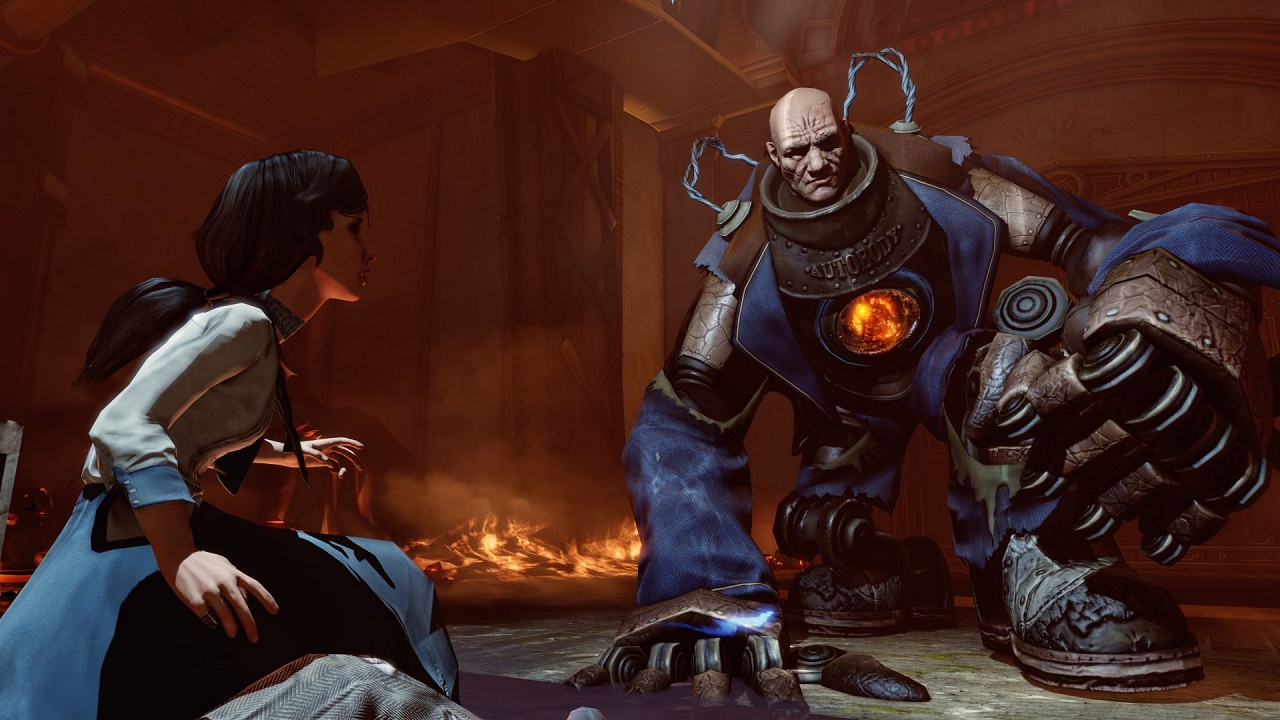
Years in development: 5
BioShock Infinite states that there's always a man, a lighthouse, and a city, but even that seemed uncertain at the onset. During the first few months of development, the team at Irrational came up with several possible locations for the sequel, including revisiting Rapture and even setting it during the Renaissance, though the reveal of Assassin's Creed 2 stopped that idea in its tracks. Eventually, the team settled on the skybound city of Columbia, which allowed for the natural implementation of the sky-hook.
Even with the setting solidified, the game itself shifted constantly, even from its explosive reveal in 2010 to its eventual release in 2013. Drinkable Nostrums (think a passive version of Vigors) gave way to equippable gear, multiplayer plans were developed and ultimately shelved, and several high-profile members of the team left years before finishing. Epic Games' Rod Fergusson was brought in late in development as a closer, intent on getting this game shipped. While what we got was certainly a far cry from the initial demo revealed in 2010, BioShock Infinite is still a highly-entertaining shooter filled with the sort of big ideas you don't often see in mainstream games.
Freelancer
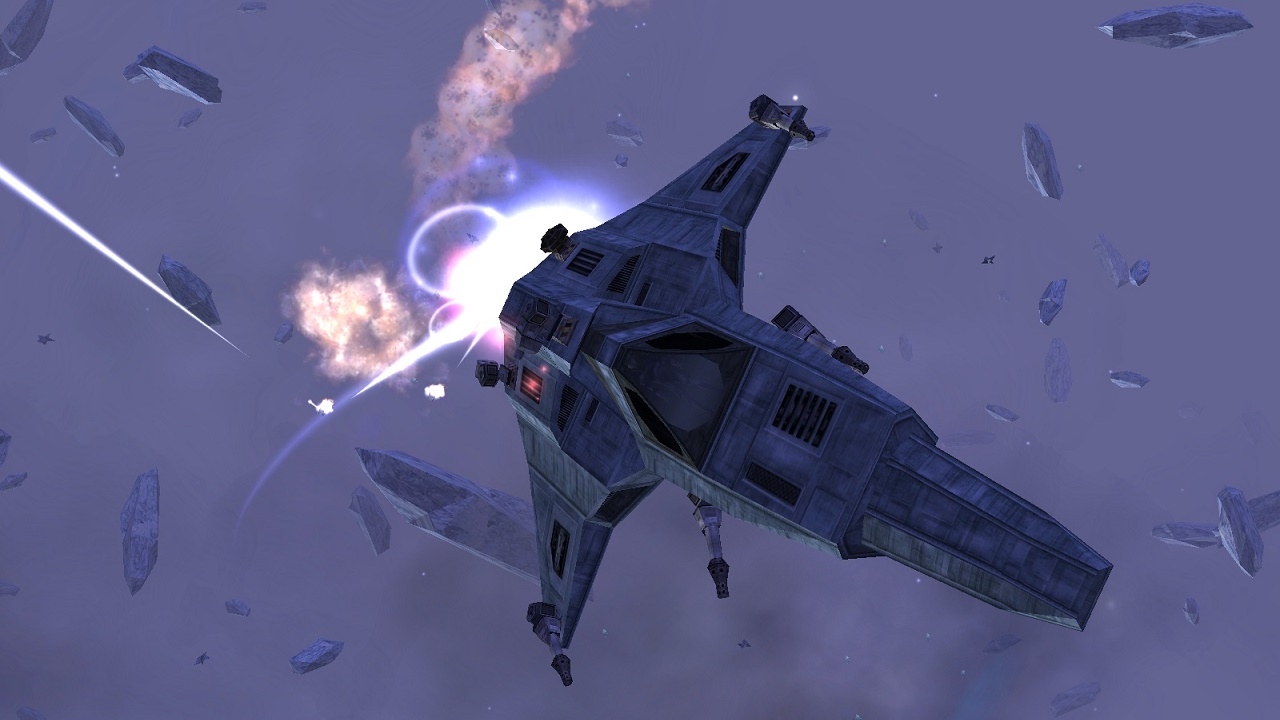
Years in development: 6
When Freelancer launched in 2003, it seemed almost miraculous, such was the development hell famed Wing Commander dev Chris Roberts found himself in. Initially conceived in 1997, Roberts and his team at Digital Anvil wanted it to be a massive, virtual galaxy, full of possibilities. Two years later, Freelancer was revealed to the public, with a scheduled release of fall 2000.
Chris Roberts left development after Microsoft bought out Digital Anvil and forced the team to scale back many of the ambitious plans Roberts desired. Automated flight maneuvers, multiple dialog options, and multiplayer capable of supporting thousands of concurrent players were either reduced significantly from their initial goals or abandoned completely. While the final product was a mere fraction of the game originally promised, Freelancer still turned out to be a fun, light-hearted take on the sprawling space-sim, though much of that was done without its original creator at the helm. Now that Chris Roberts is sitting on a pile of Scrooge McDuck money thanks to the crowd-funded success of Star Citizen, maybe that original dream will finally become a reality.
Half-Life 2

Years in development: 5
While a certain capper to the Half-Life saga may eventually end up on this list at some point (if the damn thing is even in the works), Half-Life 2 went through its own tumultuous road to release. It began development in 1999 (mere months after the first Half-Life) and finally saw the light of day in 2004. Five years may seem like a long wait when we live in a world where three Five Nights at Freddy's games have come out in less than eight months, but compared to many others on this list, it was downright speedy. That doesn't mean the wait was any less agonizing, though.
Developed in secrecy until its unveiling at E3 in 2003, Half-Life 2 was slated for release later that year, and the path even to that point was fraught with the perils brought on by new and untested technology. Unfortunately, a leak of its source code, maps, assets, and other data (along with the typical concerns of a big project) caused a year-long delay, pushing its release to November 2004. How did it turn out? I mean Is this a serious question? Though five years is nothing compared to
Team Fortress 2
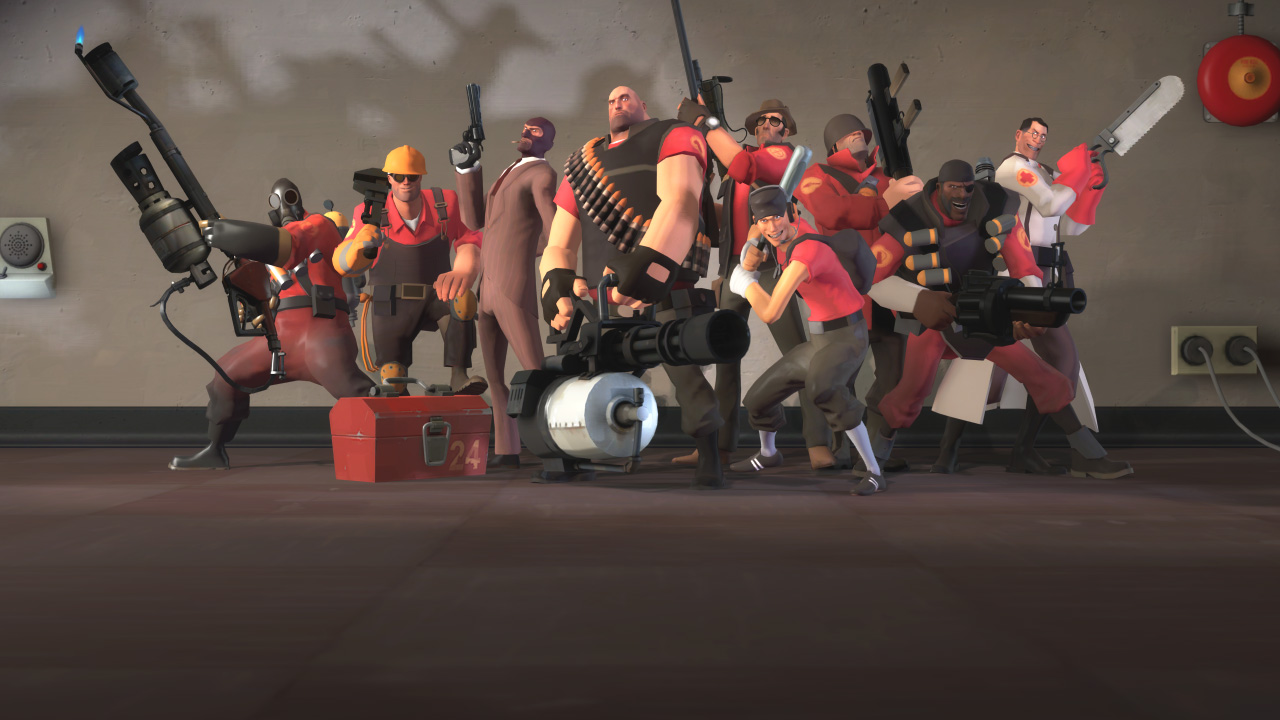
Years in development: 8
There's this joke that Valve Time operates on a different plane of existence than what we mere mortals are used to. If Valve says something will come out in September 2003, they really mean November 2004, as was the case with Half-Life 2. If Team Fortress 2 is any indication, you don't want to hear the word 'soon' escape anyone's lips, because you'll have to wait eight goddamn years.
Team Fortress Classic released in 1999, and was beloved by all who got their hands on this instant multiplayer, well, classic. But that wasn't enough for its developers, who instantly began work on Team Fortress 2. First shown off at E3 1999, Team Fortress 2 sported a modern military aesthetic, a command hierarchy, and even allowed for parachute drops. After several years of silence, Team Fortress 2 reemerged with a much more lively, cartoony look inspired by Cold War spy fiction. Its release as part of The Orange Box (along with Half-Life 2: Episode 2 and Portal) virtually guaranteed its success, and its constant updates (including those coveted hats) have kept it relevant eight years after its release. Now, if we could only get an update on another highly-anticipated Valve game. Preferably in real time.
Prey
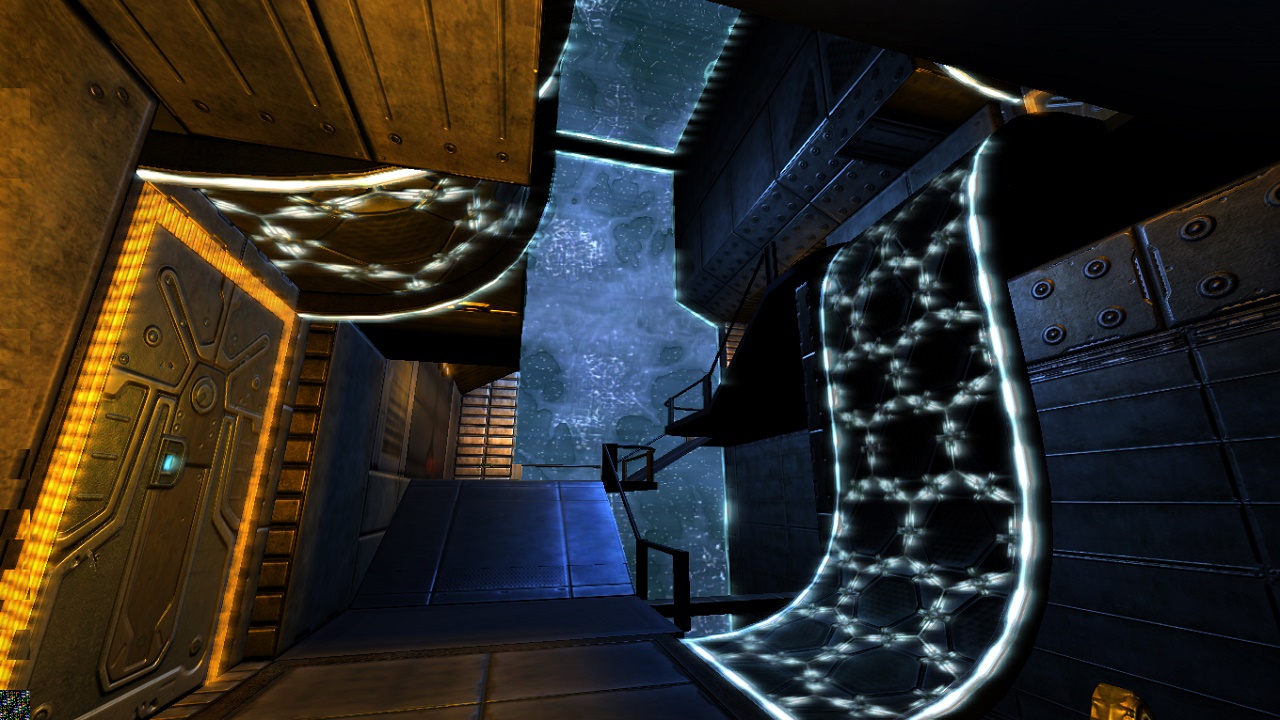
Years in development: 11
Prey went through numerous false starts and stops on the road to its eventual release in 2006. First conceived in 1995, Prey was imagined as the start of a long-running series that would be the showpiece for 3D Realms' in-house engines. Unfortunately, numerous technical issues and the departure of Tom Hall (who left to form Ion Storm with John Romero) caused the project to come to a screeching halt in 1999.
But it wasn't quite dead, as 3D Realms picked up development of the title again in 2001, bringing on Human Head Studios to help out. Even with this new lease on life, the new Prey wasn't officially confirmed until 2005, and even then, Prey still had another year left before it saw release on PC and Xbox 360. While 11 years of development may not have given us the greatest video game ever conceived, Prey was still a very highly entertaining sci-fi romp, filled with mind-bending portals and one of the coolest intros in video games.



